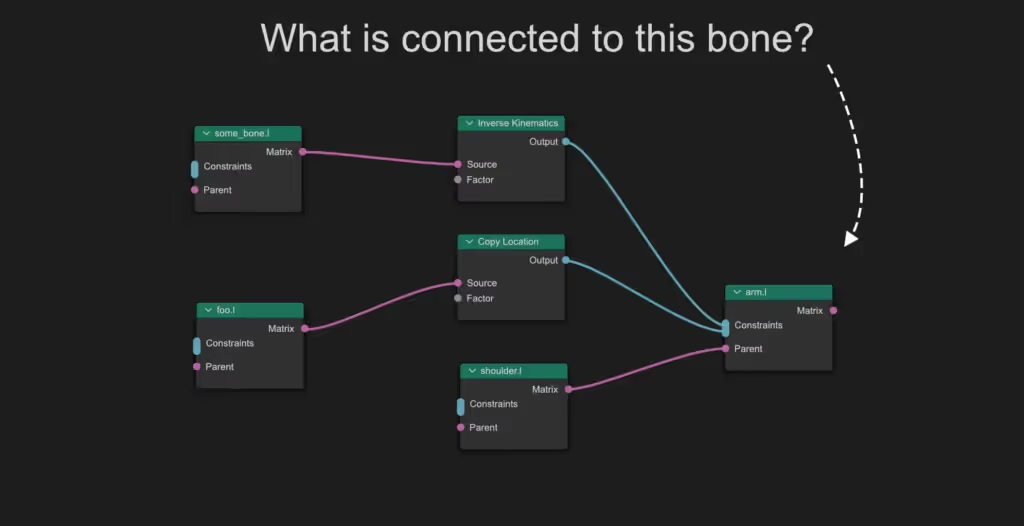.avif)
Blender's announcement of its Animation 2025 roadmap marks an exciting new chapter in the development of its character animation and rigging tools. As outlined in the roadmap, the core goals are to empower animators and make Blender an attractive animation tool for the next decade.
The proposed changes are ambitious and wide-reaching, signaling major improvements across workflow, usability, interoperability, and performance. The Animation & Rigging team conducted extensive research and planning to formulate design principles centered around making animation in Blender fast, intuitive, focused, iterative, direct, and aligned with Blender's ethos.
Are you ready to up your rendering game but don't want the hassle or expense of managing your own farm? Our Blender Render Farm makes accessing powerful remote rendering resources simple and affordable. Try now for $50 worth of free rendering credit, no strings attached!
.avif)
With the help of Real-Time Rendering and using a render farm, the end stages of 3D animation production are easily expedited, but during the animation phase, artists still struggle to maintain their creative momentum. The emphasis on speed is most welcome.
Faster response times remove friction from the creative process. The aim for real-time interaction with final quality meshes and playback at project frame rates will be a game-changer. Under-the-hood enhancements like the Rig Explainer and Rig Profiler will provide insights to optimize scenes.

While hardware will always be a limiting factor, this focus aligns with animators' needs. The faster Blender runs, the more animators can experiment and iterate.
.avif)
The goal to make Blender more self-consistent and explorable is spot-on. Animation and rigging in Blender currently require learning many concepts across different interfaces. Streamlining the experience will reduce the learning curve substantially.
Node-based rigging components, fuzzy search for rig elements, pose pinning, and example-based drivers are great examples of making complex tasks more intuitive. Consistent interfaces and reusable components are the hallmarks of intuitive design.
.avif)
Keeping artists in a flow state is so important. The proposals like editable motion trails, modular rigs, and scene optimization will remove distractions. Interfaces tailored for animation will put essential tools front and center.
Again, node-based rigging is a stand-out idea – enabling animators to mix-and-match constraints and customize rigs non-destructively. Overall, the focus on orthogonality and simplifying the technical side of rigging is excellent.
Embracing iteration is fundamental. Animation evolves over time. Blender allowing for rig experimentation, testing ideas, and updating animations without breaking existing work will be incredibly beneficial.
The concept of animation takes alone is massive. Being able to efficiently try out different acting choices or timing will boost creativity and collaboration between animators and directors.
.avif)
Direct manipulation in the 3D Viewport is the future. The proposals like mesh-based controls, annotated bones for auto-IK, and context-aware selection tools will make posing more intuitive. Editable motion trails as visualizations will enable finer adjustments.
Reducing the need to switch contexts between Viewport, Graph Editor, Dope Sheet, etc. is excellent. Keeping the animator's focus on the character performance instead of technical minutiae is exactly right.
Overall, if the roadmap delivers on these promises, Blender will become an absolute powerhouse for character animation. The Animation & Rigging team clearly analyzed animators' pain points and mapped solutions back to core principles.
That said, fully realizing the vision will require overcoming key challenges:
With care, Blender can successfully navigate these challenges. Past major updates like the transition to nodes prove the Blender project can deliver substantial changes gradually without alienating users.
The Animation 2025 roadmap is tremendously exciting. Blender's animation tools have come a long way, but the best is yet to come. The community looks forward to testing the new prototypes and providing feedback.
If Blender can execute its plan skillfully, it will firmly establish itself as an animation powerhouse. Animators love Blender for its freedom and community but have had to accept shortcomings in the tools. This roadmap promises to remove those limitations for good.
The vision is the right one - empowering artists and celebrating exploration. By keeping true to its principles, and working hand-in-hand with users, the road ahead for Blender animation looks bright indeed. The Animation & Rigging team and the entire Blender community will be working hard to turn this ambitious dream into reality over the next three years.